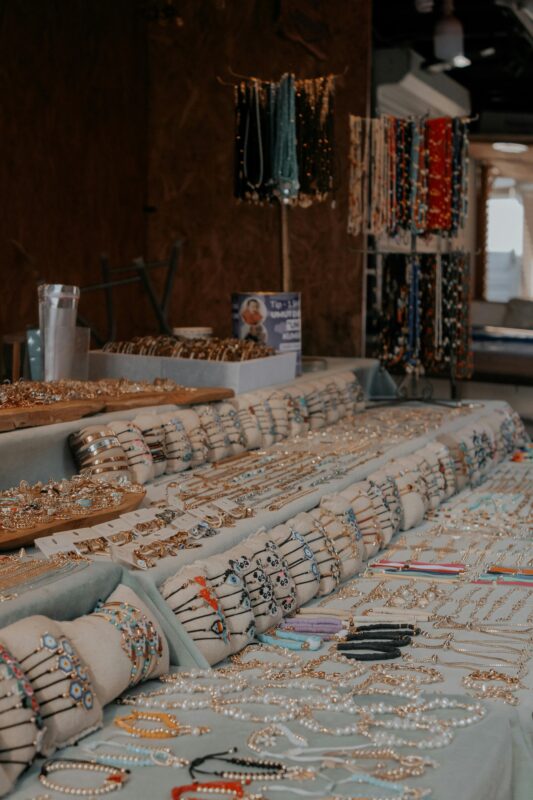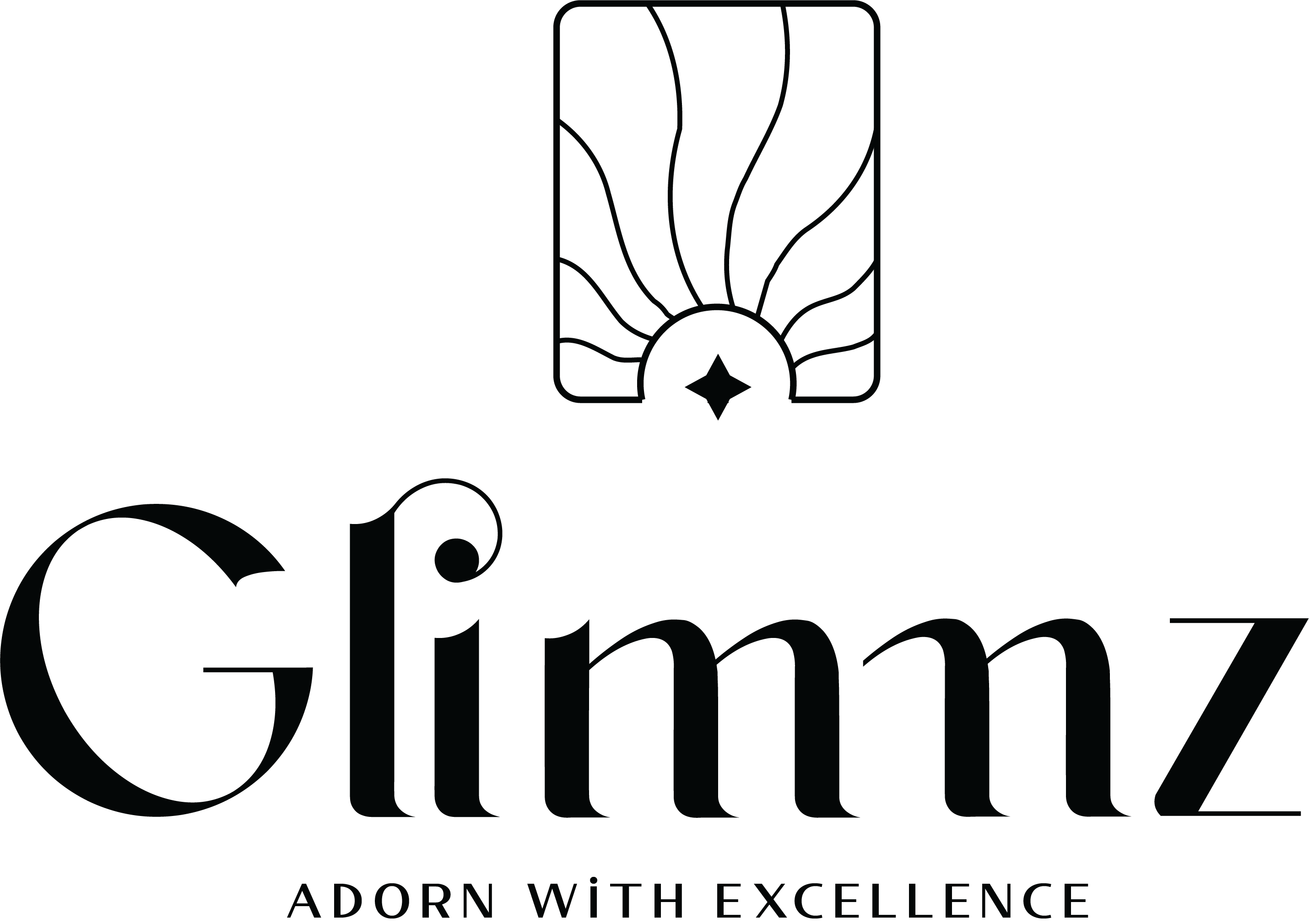The global jewellery market is witnessing an unprecedented transformation, marking a new era in the industry’s long-standing history. As we navigate through 2024, the market demonstrates remarkable resilience and innovation, with projections suggesting a valuation of approximately $300 billion by 2027. This spectacular growth trajectory isn’t merely about numbers – it’s a reflection of evolving consumer preferences, technological advancement, and changing social dynamics.
At the heart of this transformation lies a significant shift in consumer behaviour. Today’s jewellery buyers are no longer confined to traditional purchase patterns. They seek pieces that tell stories, reflect their values, and offer aesthetic and ethical values. This has given rise to a booming sustainable jewellery sector, where lab-grown diamonds and recycled precious metals are no longer choices but mainstream preferences. Modern consumers’ consciousness about environmental impact and ethical sourcing has revolutionized how jewellery brands approach their supply chains and manufacturing processes.

The Asia-Pacific region stands as a testament to the market’s explosive growth potential. With a rising middle class, particularly in economic powerhouses like China and India, the region has become a crucial driver of global jewellery demand. Traditional preferences for gold jewellery are now being complemented by contemporary designs and fashion jewellery, creating a diverse and dynamic market landscape. The region’s young population, with their digital nativity and increasing purchasing power, represents a significant opportunity for market expansion.
Digital innovation has emerged as a powerful catalyst in this growth story. Once heavily dependent on in-store experiences, the jewellery market has embraced the digital realm with remarkable success. Virtual try-ons powered by augmented reality, social media commerce, and direct-to-consumer brands are reshaping the traditional retail landscape. This digital transformation has been particularly accelerated by recent global events, making online jewellery shopping not just convenient but experiential and engaging.
Personalization has emerged as another crucial trend shaping the industry’s future. Modern consumers seek jewellery that reflects their style and story. This has led to a surge in customized pieces, from initial necklaces to birthstone jewellery. Brands are responding with innovative solutions that combine mass production efficiency with personalization capabilities, creating unique pieces that resonate with individual preferences while maintaining scalability.
Looking ahead, the jewellery market’s future appears promising yet complex. The industry faces the challenge of balancing traditional craftsmanship with technological innovation, sustainability with luxury, and global reach with personal touch. Smart jewellery, incorporating technology for both functionality and fashion, represents an exciting frontier. Meanwhile, the investment potential of precious jewellery continues to attract consumers looking for both beauty and value appreciation.
Emerging markets are expected to play a crucial role in the industry’s growth story. With increasing disposable incomes and growing appreciation for both traditional and contemporary jewellery, these markets present significant expansion opportunities. The rise of the female workforce and changing social norms have also contributed to a robust self-purchasing trend, particularly among women who view jewellery as both adornment and investment.
As we look towards the future, the jewellery market’s growth trajectory suggests a glittering path ahead. Success in this evolving landscape will depend on brands’ ability to adapt to changing consumer preferences, embrace technological innovations, and maintain a commitment to sustainability while preserving the timeless allure of fine jewellery. The industry’s continued evolution promises exciting opportunities for both established players and innovative newcomers in this ever-sparkling market.
Would you like me to focus more deeply on any particular aspect of this market analysis?


